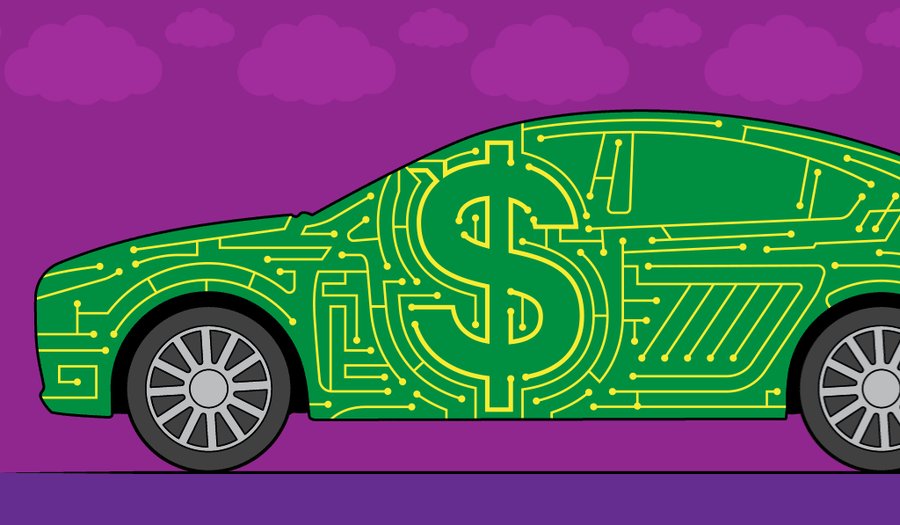Windshield repairs are about to get far more complicated, expensive, and important

New driving and safety aids that are the precursors to eventual autonomous programming will completely change how people view transportation. They'll also completely change how cars are fixed and how people view their repair bills. A new report from The New York Times takes an in-depth look at how previously low-cost and simple repairs such as a windshield crack could become complicated money-sucking messes.
What some might not realize about driving aids and connected safety protections is how much of the car is used for data and input. The car's computers are not simply relying on cameras to see the road, they use numerous sensors, radar detection, and ultrasonic readings to fully understand the environment. The windshield is an integral part of these systems.
Modern safety suites include numerous features, including lane-keeping assist, forward collision warning and emergency braking, plus adaptive cruise control. These technologies require extremely precise calibrations and alignments in order to function. If something isn't to exact specifications, it can have potentially dangerous consequences. Because windshields are often integrated into these readings, a small chip or crack could throw something off. Thus, something that wasn't always a major issue now requires immediate repairs, and such work can no longer be done on the fly.
According to the report, a car must be aligned before doing calibration testing on the windshield, two steps that require certain equipment and certain conditions. They also take much longer, and thus, altogether costs the customer and the shop owners more time and money. The NYT article says replacing a windshield in a car with these technologies could cost as much as $1600. Compare that to a quick quote from Safelite auto glass repair for only a few hundred dollars
Read more about what other parts and repairs are affected by future safety systems in The New York Times, subscription required and recommended.
Related News
